Critique of planned Aeroponic system
petunia_sunshine
19 years ago
Related Stories
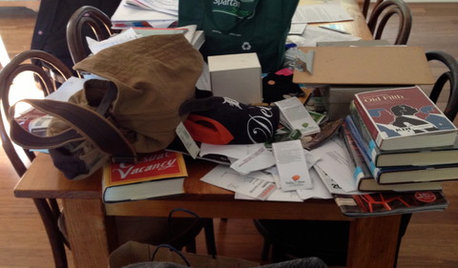
LIFEAnatomy of a Family-Size Mess
Study your home’s dumping grounds to figure out what organizational systems will work — then let yourself experiment
Full Story
MOST POPULARMy Houzz: Hip Midcentury Style for a Mom's Backyard Cottage
This 1-bedroom suite has everything a Texas mother and grandmother needs — including the best wake-up system money can't buy
Full Story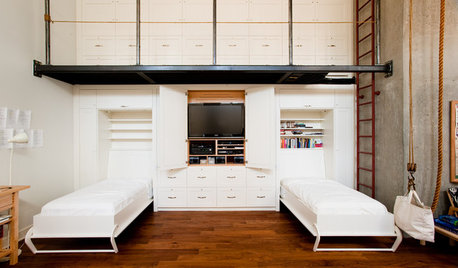
STORAGESee a Hollywood Actor's Ship-Inspired Storage That's Boatloads of Cool
All hands on deck to check out this spacious storage and sleeping room featuring a steel gangplank, a pulley system and nautical rope
Full Story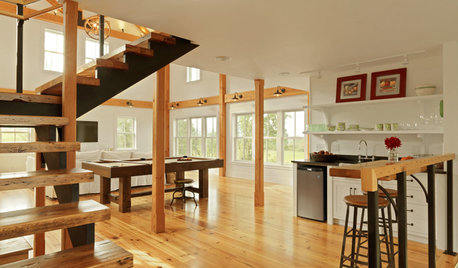
BARN HOMESHouzz Tour: A Transformed Carriage House Opens for Play
With a new, open plan, a dark workshop becomes a welcoming ‘play barn’ in the Vermont countryside
Full Story
HOUZZ TOURSMy Houzz: Goodwill and Good Taste in a Grand Colonial
Welcoming the community for charity fundraisers and more, this Massachusetts home radiates graciousness
Full Story
BEFORE AND AFTERSA ‘Brady Bunch’ Kitchen Overhaul for Less Than $25,000
Homeowners say goodbye to avocado-colored appliances and orange-brown cabinets and hello to a bright new way of cooking
Full Story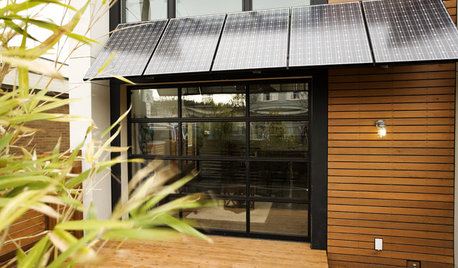
GARDENING AND LANDSCAPINGHouzzers Say: 16 Outdoor Must-Haves
See what 16 exterior features you may want to put on your home remodeling checklist
Full Story
STUDIOS AND WORKSHOPSHouzz Call: Show Us Your Hardworking Studio!
Upload a photo of your home studio or workshop and tell us how you’ve designed it to work extra hard for you
Full Story
HOMES AROUND THE WORLDStorybook Cottage Gets an All-Glass Kitchen
A showstopping addition to a traditional thatched cottage houses a contemporary kitchen
Full Story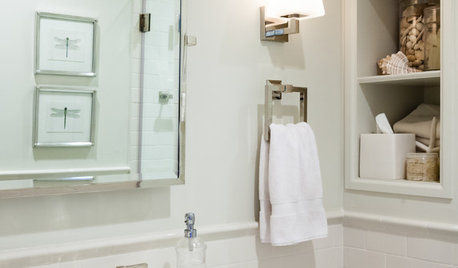
ROOM OF THE DAYRoom of the Day: An 8-by-5-Foot Bathroom Gains Beauty and Space
Smart design details like niches and frameless glass help visually expand this average-size bathroom while adding character
Full Story





tony_k_orlando
willardb3
Related Professionals
Canton Landscape Architects & Landscape Designers · West Milford Landscape Architects & Landscape Designers · Marina Landscape Architects & Landscape Designers · Norton Shores Landscape Architects & Landscape Designers · Wareham Landscape Architects & Landscape Designers · Biloxi Landscape Contractors · Elmhurst Landscape Contractors · Fort Payne Landscape Contractors · Hayden Landscape Contractors · Holtsville Landscape Contractors · Lady Lake Landscape Contractors · Lynn Landscape Contractors · Oak Harbor Landscape Contractors · Paso Robles Landscape Contractors · Ringwood Landscape Contractorshank_mili
chefmichel
chefmichel
baci
willardb3
baci
willardb3
baci
willardb3
hank_mili
baci
hank_mili
hank_mili
baci
petunia_sunshineOriginal Author
jebradl